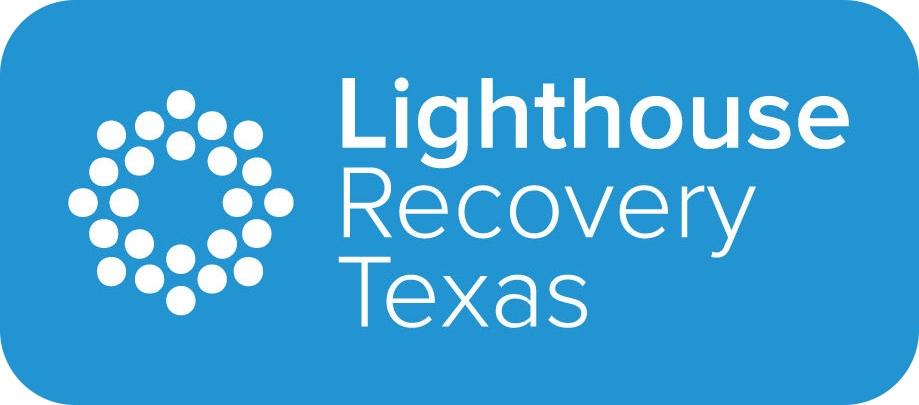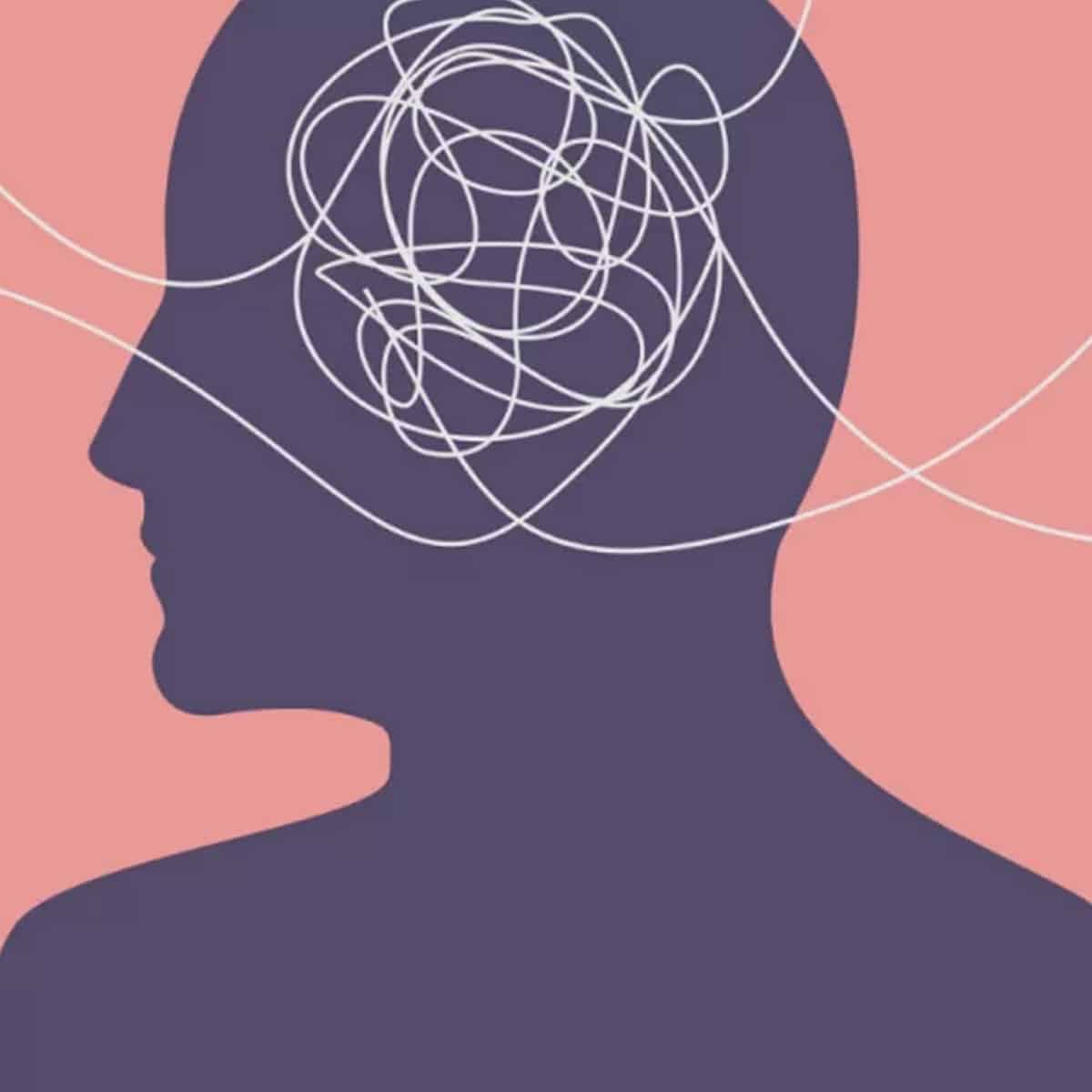Dual Diagnosis: Facts, Studies, and Other Essentials
Dual diagnosis, also known as a co-occurring disorder and co-morbidity, is when an individual is experiencing both a substance use disorder and a mental health condition. A crippling state, considering that interactions between the two diseases can aggravate each other’s situation, people with dual diagnoses often find it hard to seek a viable and efficient treatment. The link between the two disorders may usually lead to hazy prevention and treatment methods. As such, dual diagnosis is considered a constantly evolving disorder type that needs further implementation of focused strategies. Recognizing this, Lighthouse Recovery in Dallas, Texas, stands out among dual diagnosis treatment centers in Texas, offering specialized care that addresses both aspects of dual diagnosis with a comprehensive and individualized approach. Their dedicated team of experts ensures that every treatment plan is tailored to meet each patient’s unique needs, facilitating a pathway toward inclusive and effective recovery.
History of Dual Diagnosis
The connection between mental illness and substance use disorder was established in the 1980s. As documented by the American Psychiatric Association (APA), federal health agencies and various health experts have slowly pieced together the connection between mental illness and exposure to chemical abuse. Citing that individuals diagnosed with a combination of said disorders are more likely to stay longer in hospitals.
The prolonged hospital stays of these individuals pushed the health industry and policymakers to focus on organizing the problem’s address. Two areas of tackling the issue emerged: conceptually helping these individuals and practically using resources to fix the problem.
Additionally, it has been noted that the term “dual diagnosis” may be a misnomer. There have been cases of different co-occurring disorders. Other possible combinations can be developmental disabilities and mental health disorders. Another would be psychological disadvantages and substance abuse.
Still, dual diagnosis was used to define the said state quickly. By 1989, it had been included in the Hospital and Community Psychiatry subject index. Considering the growth of individual disorders, studies on dual diagnosis continue to evolve today.
Dual Diagnosis Statistics
The phenomenon of dual diagnosis, where individuals simultaneously battle substance abuse and mental health disorders, presents a multifaceted challenge within the healthcare landscape of the United States. This condition, affecting a significant portion of the population, underscores the intricate link between mental health and substance use disorders, revealing a complex web of causality and co-morbidity. Despite the apparent necessity for targeted treatment options, the journey towards effective care for those suffering from dual diagnosis is fraught with obstacles, including limited access to specialized treatment centers, stigma, and a healthcare system often ill-equipped to address the nuanced needs of these individuals.
- 45% of individuals in the United States suffer from a dual diagnosis.
- Approximately 5 million out of 24.6 million Americans with a substance abuse disorder also have a co-occurring mental illness.
- Alarmingly, 23% of homeless individuals in the United States were recorded to have co-occurring disorders.
- More than 50% of Americans with a dual diagnosis do not get any treatment for either disorder.
- From the remaining 50% who sought treatment, around 34 million individuals with dual diagnoses have been reported to seek mental health help solely.
- 12% of those who sought treatment followed the integrated dual diagnosis treatment that explicitly addresses both disorders.
- The remaining 2% of those who sought treatment have been reported to seek help for substance abuse solely.
- Around 17.5 million Americans aged 18 and above have been recorded to have symptoms of severe mental illness.
- Four million individuals from the mentioned 17.5 million Americans are known to be substance abusers.
- Focusing on prisons, a high prevalence of dual diagnosis exists, ranging from 18% to 56% of prisoners suffering from a co-occurring disorder.
The journey towards addressing the critical issue of dual diagnosis in the United States is both a challenge and an opportunity for the healthcare community. As we move forward, efforts must be intensified to bridge the gap in care through the development of integrated treatment programs that cater to the unique needs of those with a co-occurring disorder. By fostering a greater understanding of dual diagnosis and implementing comprehensive treatment approaches, there is hope for improved outcomes for millions of Americans. The path to recovery for those affected by dual diagnosis is undoubtedly complex. Still, with dedicated effort and a commitment to holistic care, it is possible to forge a future where effective treatment and support are readily accessible to all who need them.
Dual Diagnosis Symptoms
It may be challenging to pinpoint a dual diagnosis due to the various symptoms attached to a single disorder. However, general warning signs can point out the possibility of dual diagnosis. Here are some of them:
- Apparent neglect of one’s health and personal hygiene.
- Loss of focus in managing everyday tasks.
- A sudden shift in conventional behavior.
- Cases of cognitive impairment.
- Loss of drive in school or the workplace.
- Problems managing finances.
- Refusal to seek help.
- Suicidal behaviors.
Identifying the signs of dual diagnosis is the first crucial step towards seeking help. Recognizing these symptoms early can lead to more effective treatment outcomes. Individuals showing these signs should be encouraged to seek professional evaluation, as dual diagnosis requires a tailored treatment plan. Effective treatment for dual diagnosis involves addressing both the mental health disorder and the substance use disorder simultaneously. This integrated approach is essential for holistic recovery and long-term wellness.
In conclusion, understanding and recognizing the symptoms of dual diagnosis is pivotal for those affected and their loved ones. Early intervention and a comprehensive treatment plan tailored to the individual’s needs can significantly improve the quality of life for those suffering from co-occurring disorders. As awareness of dual diagnosis grows, so does the importance of seeking specialized treatment centers to handle these complex cases. With the proper support and treatment, recovery is not just a possibility but a realistic outcome.
Why Dual Diagnosis Needs to Be Approached Differently
The overlapping disorders must be identified to properly create and implement effective treatment strategies. Here are some factors that need to be seen to avoid any potential aggravation of either disease:
Genetic Factor
An individual’s genetic predisposition may be linked to substance abuse or mental health disorders.
Environmental Triggers
Stress from the workplace or school may cause mental illnesses or addiction to various substances.
Chemical Triggers
Abusing substances may directly create mental imbalances. A good example is psychosis, which may result from various drug cases of abuse.
Social Stigma
The negative stigma that the public views on both mental illnesses and substance addiction can be overpowering. Social isolation may result from these opposing views, in which the afflicted individual may be unable to seek the proper treatment plan.
Improper Medication
Solely focusing on the treatment of a single disorder may result in aggravating the other. The unwanted interactions between prescribed medication and chemical abuse may result in side effects that further damage one’s physical and mental state.
Mental Health Link
On the flip side, mental health disorders can influence substance abuse. Depression, for example, may result in experimentation with drug or alcohol consumption.
Exposure to Harmful Substances
Individuals exposed to drugs or a culture promoting substance abuse are more likely to suffer from a similar condition.



